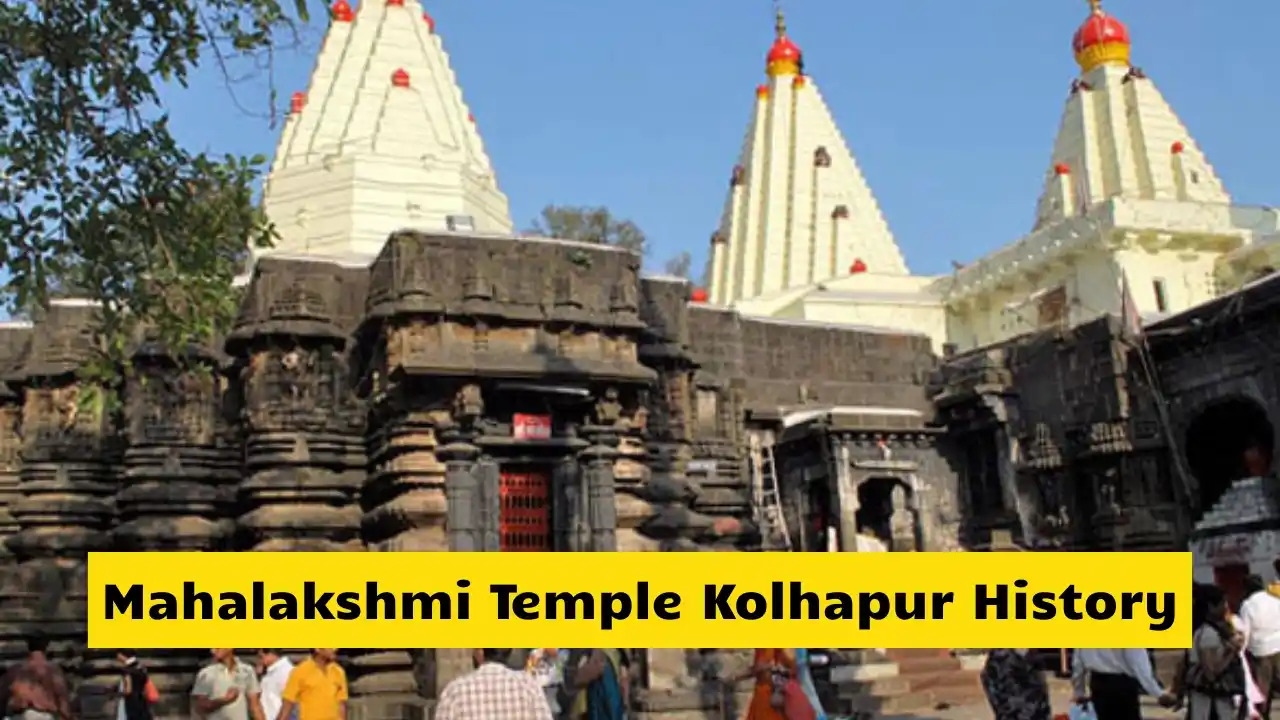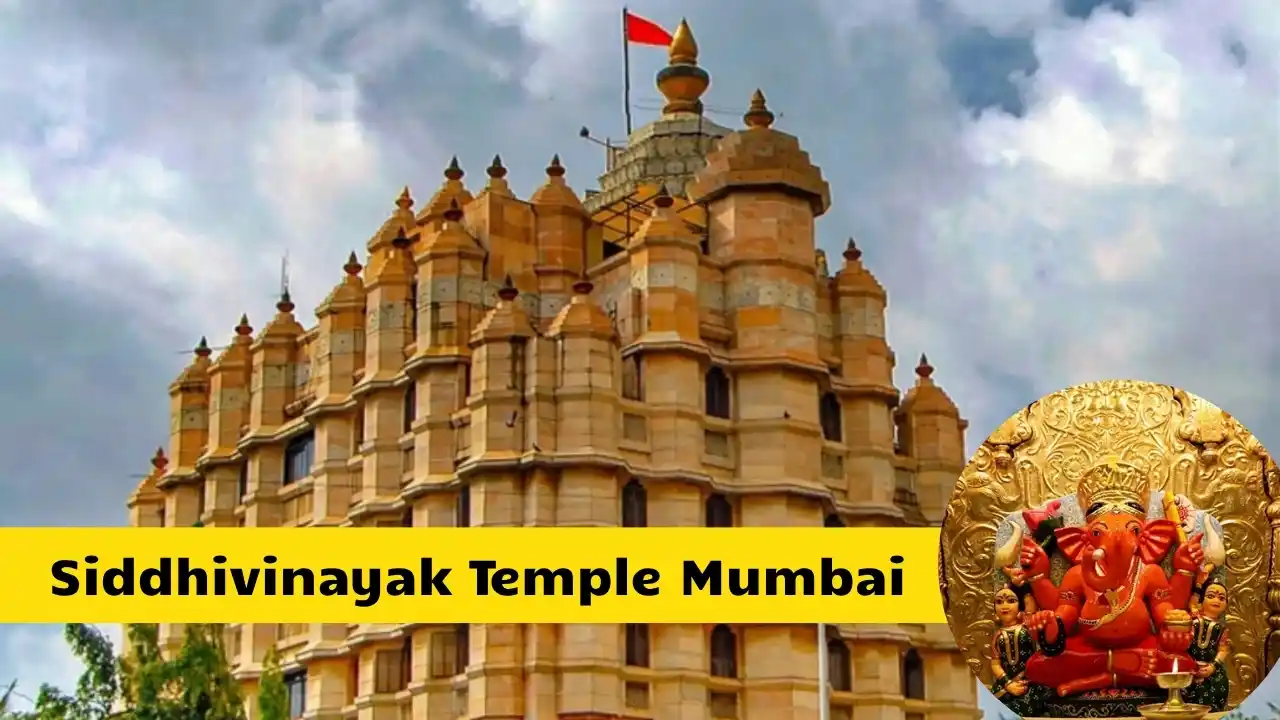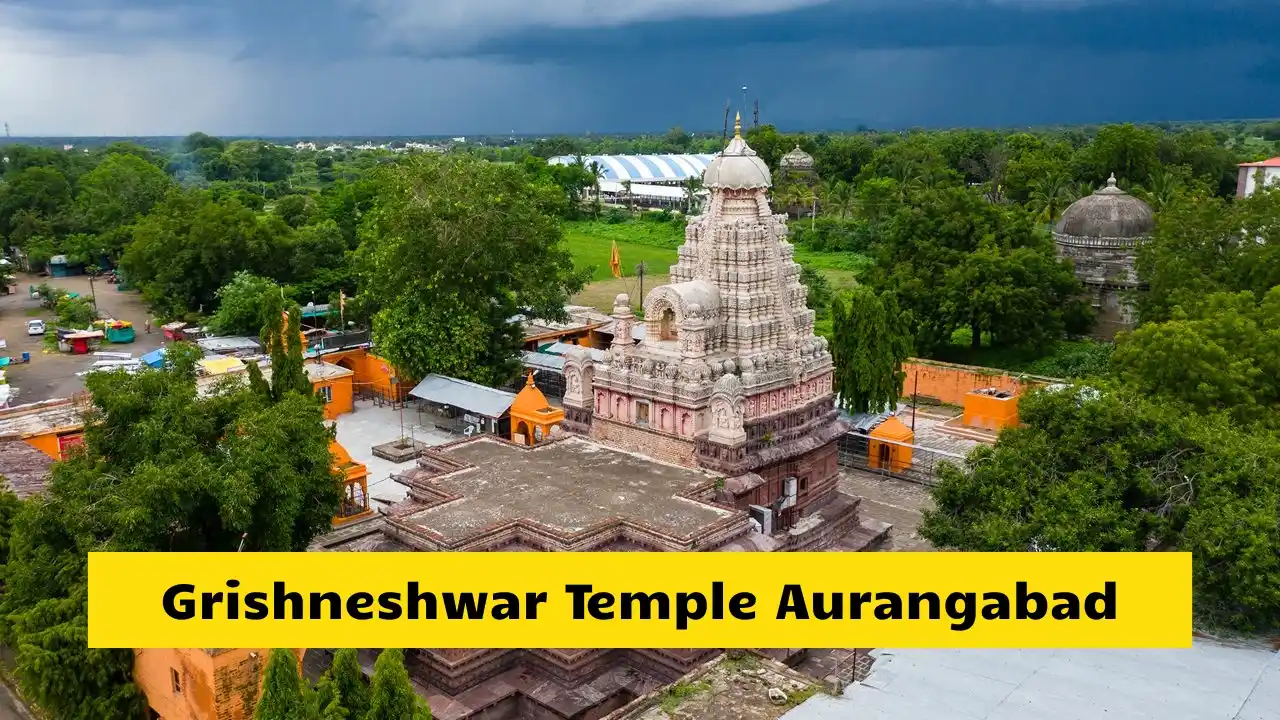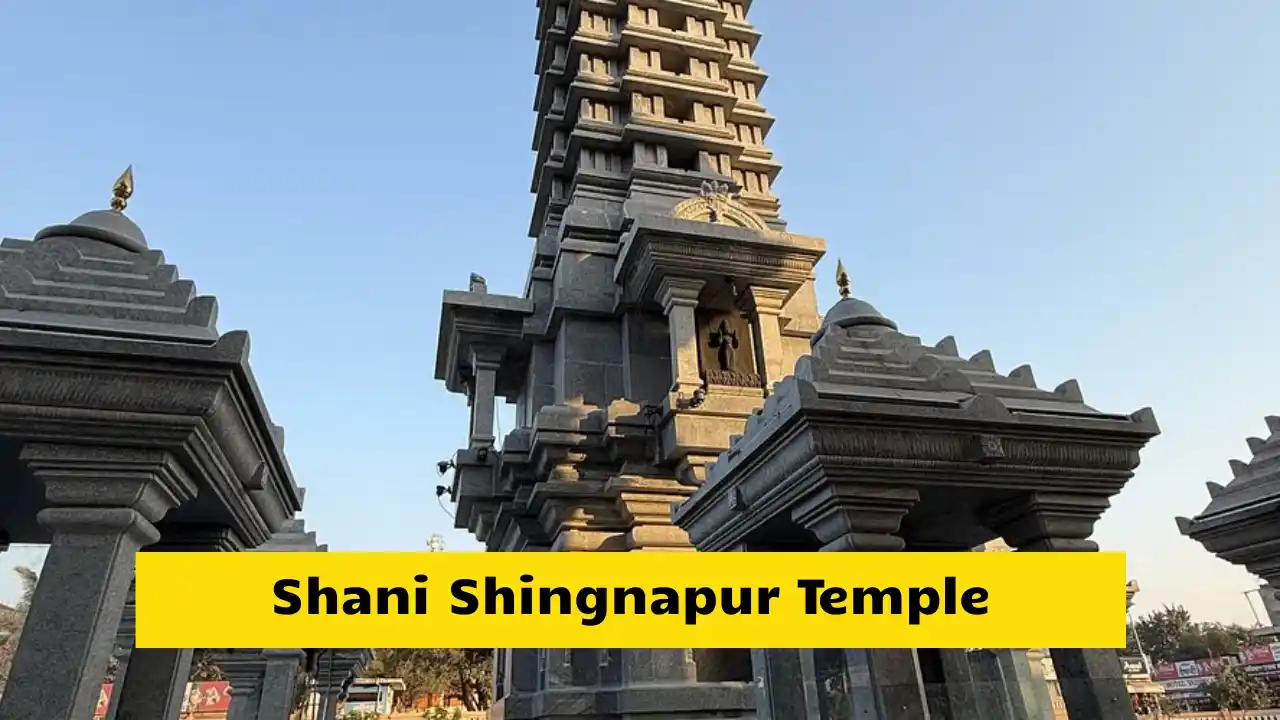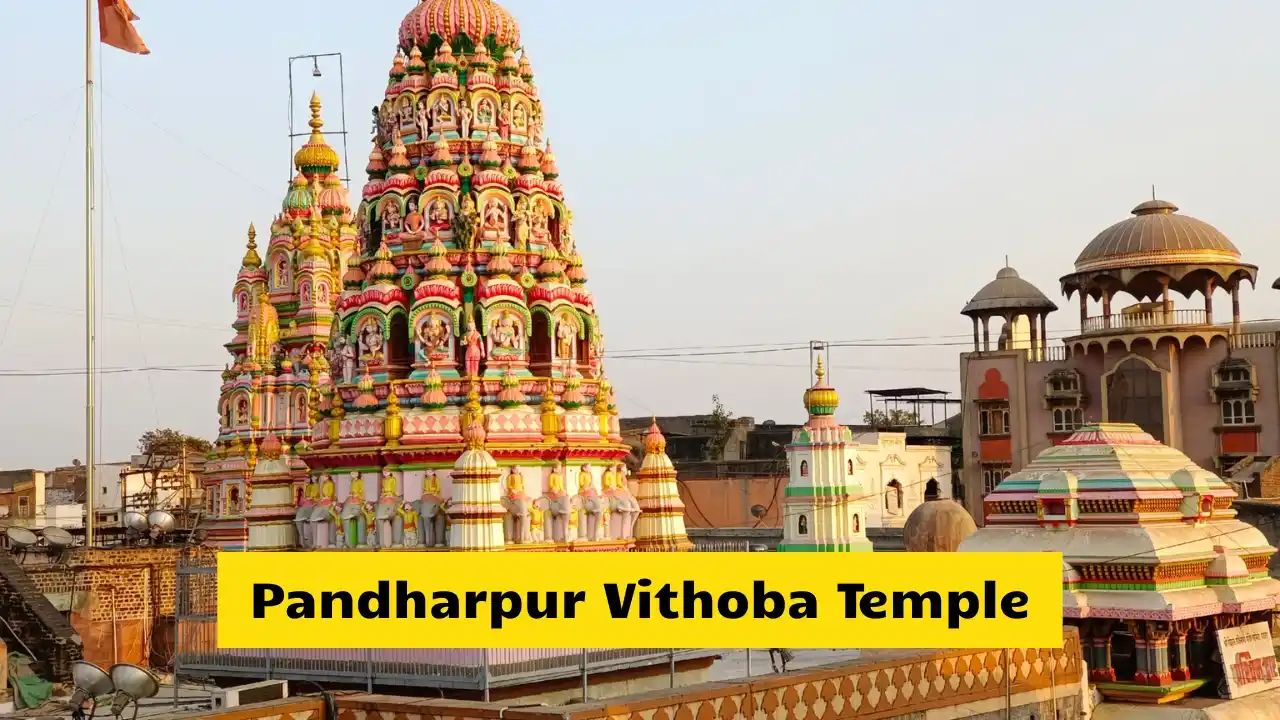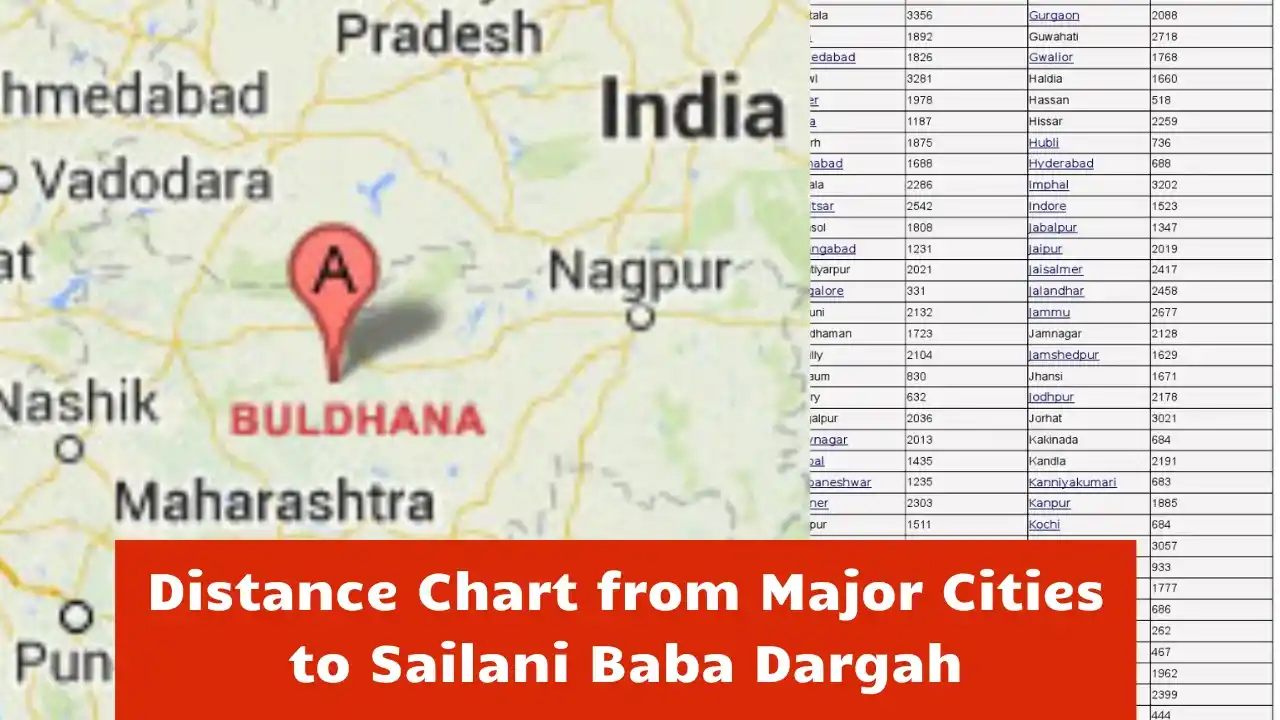Mahalakshmi Temple in Kolhapur, Maharashtra, is one of the most ancient and revered temples in India. Dedicated to Goddess Mahalakshmi, also known as Ambabai, this temple is considered one of the Shakti Peethas, where it is believed that parts of Goddess Sati’s body fell. The temple is not only a symbol of divine power but also a center of faith and tradition for millions of devotees. Located on the banks of the Panchganga River, the temple’s spiritual energy and historical richness make it one of the most visited pilgrimage destinations in western India.
Historical Background
The Mahalakshmi Temple of Kolhapur is believed to be over 1,300 years old. Historical records suggest that it was built during the reign of the Chalukya dynasty around the 7th or 8th century AD. The Chalukya rulers, known for their devotion and architectural excellence, constructed this temple in honor of the Goddess, who was worshipped as the protector of their empire. Over time, the temple received patronage from various dynasties including the Yadavas, Marathas, and Chhatrapati Shivaji Maharaj’s descendants. Each ruler contributed to the temple’s expansion and preservation, making it a timeless example of devotion and art.
Architectural Significance
The Mahalakshmi Temple is a fine example of Hemadpanti style architecture, built using black basalt stone. The temple complex features beautifully carved pillars, sculptures, and detailed stonework that depict stories from Hindu mythology. The main sanctum (Garbhagriha) houses the idol of Goddess Mahalakshmi, made of black stone, measuring about three feet in height. The idol is shown standing on a platform with four arms, wearing a crown and holding lotus flowers. The face of the idol radiates strength and peace, symbolizing the goddess’s power as the provider of wealth, prosperity, and courage.
The temple also contains shrines dedicated to Lord Vishnu, Mahasaraswati, Mahakali, and Ganapati, representing the divine unity of the goddess with other deities. The temple’s spire (shikhara) is topped with a golden kalash that shines beautifully in sunlight. The inner walls and ceilings are adorned with carvings of divine figures and floral patterns, reflecting the artistic mastery of ancient craftsmen.
Mythological Importance
According to legend, Goddess Mahalakshmi chose Kolhapur as her permanent abode after a long period of separation from Lord Vishnu. It is believed that Lord Vishnu resides in Tirupati while Goddess Mahalakshmi resides in Kolhapur, and visiting both temples is said to complete one’s spiritual journey. This belief connects Tirupati Balaji Temple in Andhra Pradesh and Mahalakshmi Temple in Kolhapur as part of a single divine circuit.
The temple is also recognized as one of the 108 Shakti Peethas mentioned in the Puranas. It is said that when Goddess Sati’s body was cut into pieces by Lord Vishnu’s Sudarshan Chakra, her eyes fell at this place, making Kolhapur a sacred site of divine energy. Devotees believe that praying here fulfills desires and removes obstacles from life.
Religious Practices and Rituals
Daily rituals at the temple begin early in the morning with Kakad Aarti, followed by Abhishek (holy bath), Alankar (decorating the idol), and Maha Aarti in the afternoon and evening. Devotees offer flowers, coconuts, and lotus garlands to the goddess. The temple priests perform special pujas for prosperity and health, and devotees also perform Navratri, Diwali, and Fridays as the most auspicious days for worship. The chants of “Ambabai Ki Jai” echo throughout the temple, filling the air with devotion and peace.
Major Festivals
The most important festivals celebrated at Mahalakshmi Temple are Navratri, Kirnotsav, and Diwali.
- Navratri Festival: During the nine days of Navratri, the temple is decorated with flowers and lights. Thousands of devotees participate in the daily rituals, bhajans, and cultural programs.
- Kirnotsav (Festival of Sun Rays): This unique event occurs twice a year—around January 31 and November 9—when the rays of the setting sun directly fall on the face of Goddess Mahalakshmi through the temple window. It symbolizes the divine blessing of the Sun God and is a scientifically and spiritually significant event.
- Diwali: The temple glows with thousands of lamps, and special aartis are conducted to honor the goddess.
Temple Administration and Facilities
The temple is managed by the Shri Mahalakshmi Devasthan Trust, which ensures cleanliness, security, and smooth darshan arrangements. The trust also provides facilities such as free drinking water, cloakrooms, restrooms, and resting areas for devotees. A large queue system ensures that even during rush days, devotees can have darshan without chaos.
How to Reach Kolhapur
Kolhapur is well connected by road, rail, and air.
By Train: Kolhapur Railway Station (C Shahumaharaj Terminus) connects to Mumbai, Pune, and Bengaluru. The temple is about 5 kilometers from the station.
By Road: Regular state transport and private buses run from Mumbai, Pune, and Goa to Kolhapur. The drive from Pune takes around 5 hours.
By Air: Kolhapur Airport is located 10 kilometers from the city, with regular flights from Mumbai.
Nearby Attractions
- Rankala Lake: A beautiful lake surrounded by gardens, perfect for evening walks.
- Jyotiba Temple: A hilltop temple dedicated to Lord Jyotiba, located 20 kilometers from Kolhapur.
- Panhala Fort: A historic fort associated with Chhatrapati Shivaji Maharaj, located 25 kilometers away.
- New Palace Museum: Displays royal artifacts of the Kolhapur rulers.
Best Time to Visit
The best time to visit the Mahalakshmi Temple is between October and February, when the weather is cool and comfortable. Visiting during Navratri or Kirnotsav offers a special spiritual experience, though it can be crowded. Early morning darshan provides a peaceful and divine atmosphere.
Cultural and Spiritual Impact
The Mahalakshmi Temple of Kolhapur is not just a place of worship but also a symbol of Maharashtra’s cultural and spiritual heritage. The temple reflects the deep-rooted belief in the divine feminine energy, which empowers and protects devotees. The daily rituals, discipline, and faith of visitors create an atmosphere where one feels a deep connection with the goddess. Pilgrims leave with a sense of fulfillment and peace, believing that the blessings of Ambabai will guide them through every stage of life.
Conclusion
The Mahalakshmi Temple in Kolhapur stands as a timeless monument of faith, beauty, and devotion. Its history, architecture, and living traditions continue to inspire people from all parts of India. Every visit to this temple reminds devotees that Goddess Mahalakshmi not only grants material wealth but also blesses her followers with wisdom, strength, and inner peace. For anyone seeking divine grace and a glimpse of ancient India’s spiritual glory, Kolhapur’s Mahalakshmi Temple is truly a place where faith becomes an everlasting experience.
